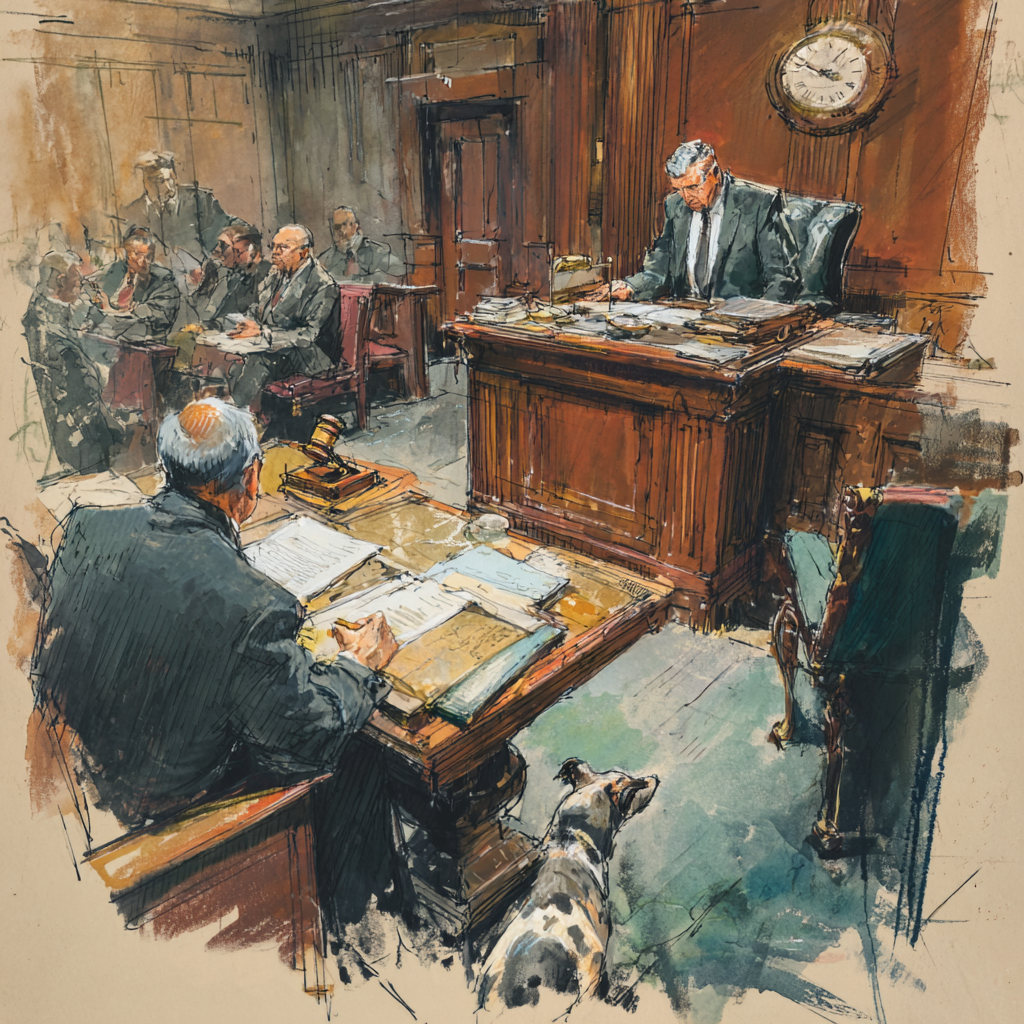While not earth shattering, the matter of Richmond Hospital a/a/o Claudio v. State Farm (Sup. Ct. Nassau Co. Index # 22143/08 [Lally, J. 2009]) that I prevailed on is proof that the courts are heeding the Court of Appeals decision in holding that an Assignment of Benefits form bearing the legend “signature on file” may be challenged through timely and proper additional verification requests. There are two things to observe in this decision. First, the Court found that “signature on file” satisfied the “claimant’s notice burden where the carrier does not take timely action to verify the existence of an assignment of benefits.” Second, the Court found Plaintiff’s argument that the Claimant was unable to sign the Assignment of Benefits because he was too severely injured to be without merit.
But here is what intrigues me I suppose. What would happen if the AOB failed to state signature on file or contain any other indicia that it was signed? We all know that it would not matter, since standing is not part of a medical provider’s prima facie case. Yet, Justice Lally intimates otherwise.
Finally, as I have said numerous times – if the law were being written on a clean slate, I would tend to agree with the approach the majority of no-fault jurisdictions (everyone except for New York) take and require a medical provider to prima facie prove: (a) Standing; (b) Performance of a medically necessary service; (c) Causal relation between the service and the loss; (d) Proper billing of the service; and (e) The bill being overdue when the action was commenced. But, we are not writing on a clean slate. We must therefore work within the framework that has been built in the last 15 years, lest we want to live in the late Mr. Rogers’ “Land of Make Believe.”









